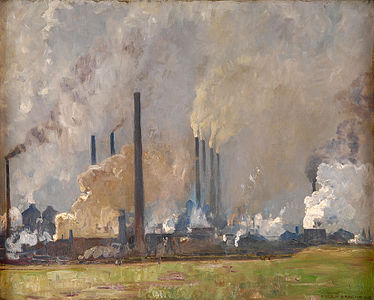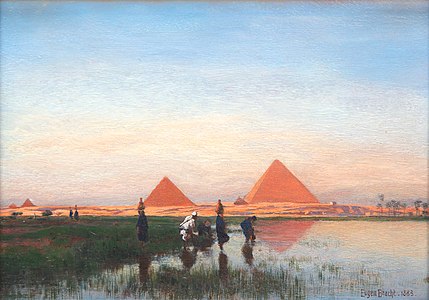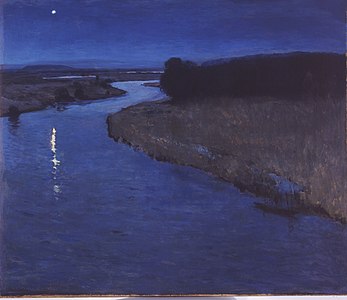Eugen Bracht
- Machine translation, like DeepL or Google Translate, is a useful starting point for translations, but translators must revise errors as necessary and confirm that the translation is accurate, rather than simply copy-pasting machine-translated text into the English Wikipedia.
- Consider adding a topic to this template: there are already 9,156 articles in the main category, and specifying
|topic=will aid in categorization. - Do not translate text that appears unreliable or low-quality. If possible, verify the text with references provided in the foreign-language article.
- You must provide copyright attribution in the edit summary accompanying your translation by providing an interlanguage link to the source of your translation. A model attribution edit summary is
Content in this edit is translated from the existing German Wikipedia article at [[:de:Eugen Bracht]]; see its history for attribution. - You may also add the template
{{Translated|de|Eugen Bracht}}to the talk page. - For more guidance, see Wikipedia:Translation.
Eugen Bracht | |
|---|---|
 Bracht – photo by Nicola Perscheid (1917) | |
| Born | (1842-06-03)3 June 1842 Morges, Waadt, Switzerland |
| Died | 5 November 1921(1921-11-05) (aged 79) Darmstadt, Hesse, Germany |
| Resting place | Darmstadt, Hesse, Germany |
| Nationality | German |
| Alma mater | Academy of Fine Arts, Karlsruhe |
| Known for | Painting |
| Movement | Romanticism, Symbolism, Impressionism |
Eugen Felix Prosper Bracht (3 June 1842 – 5 November 1921) was a German landscape painter.
Biography
Bracht was born in Morges, Waadt (near Lake Geneva in Switzerland) of German parents. His family later moved to Darmstadt, Germany, where he became a pupil of Karl Ludwig Seeger at the Academy of Fine Arts, Karlsruhe and later studied under Hans Gude in Düsseldorf. Dissatisfied with his work, he moved to Berlin in 1864 and became a merchant, but in 1876 he renewed his interest in painting and joined his former teacher Seeger in Karlsruhe.
A late Romanticist painter, Bracht was known for his moody landscapes and coastal scenes in North Germany, and began a sketching trip through Syria, Palestine and Egypt from 1880 to 1881. In 1882, he became a Professor of Landscape Painting at the Prussian Academy of Arts.
In 1885, he painted the Battle of Chattanooga for the "Philadelphia Panorama Company", a cyclorama which was installed in Philadelphia and Kansas City.
Bracht was supported by Anton von Werner, the conservative director of the Berlin Academy, but cut ties with him during the affair of the closure of Edvard Munch's Berlin exhibition in 1892.[1]
Despite the hostility, when von Werner died, Bracht finished the late painter's panorama of the Battle of Sedan.
Later, Bracht became a representative of German Impressionism.
In 1901, he obtained a teaching position at the Dresden Academy of Fine Arts that he held until 1919. He retired to Darmstadt, where he died in 1921.
Selected paintings
-
 Hoesch Steelworks (1905)
Hoesch Steelworks (1905) -
 Memories of Giza (1883)
Memories of Giza (1883) -
 Morning Star (1889)
Morning Star (1889) -
 The Shore of Oblivion (1911)
The Shore of Oblivion (1911) -
 Coast of Sylt (Morsum-Kliff) (1897)
Coast of Sylt (Morsum-Kliff) (1897) -
 Hoesch Steelwoorks (1907)
Hoesch Steelwoorks (1907) -
 Neu Zittau (1884)
Neu Zittau (1884) -
 Rest in the Syrian Desert (1883)
Rest in the Syrian Desert (1883)
See also
Notes
External links
 Media related to Eugen Bracht at Wikimedia Commons
Media related to Eugen Bracht at Wikimedia Commons


















